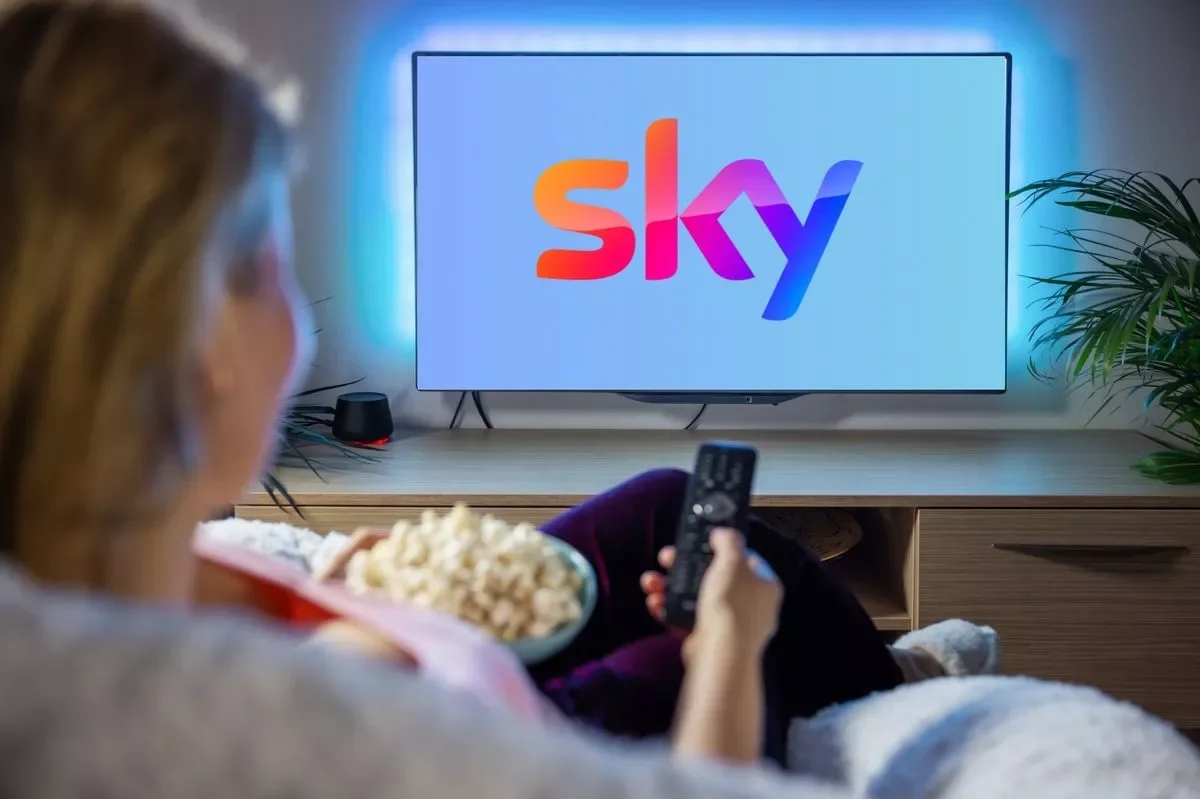Humans: predictable creatures in a digital world.
People are predictable creators and digital marketing is a perfect tool to match.
Key Takeaways
1. Human behaviour is the true foundation
Technology evolves, but people remain creatures of habit. Campaigns that map onto daily routines and predictable behaviours will always resonate more than those chasing the latest platform hack.
2. Personalisation creates real connection
Consumers crave recognition. Brands that use behavioural data, relevant language and sequenced storytelling make people feel seen – turning attention into loyalty and sales.
3. Emotion turns attention into action
Scarcity, social proof and reciprocity remain timeless triggers. Digital tools simply make it easier to activate them at the right moment, blurring the line between intent and impulse.
Predictability Meets Digital Possibility
For all the complexity of algorithms, ad platforms, and martech stacks, the truth remains simple: people are creatures of habit.
In today’s effervescent partnership between the Internet and digital marketing, brands and businesses can scale faster than ever before. The opportunities are immense, the strategies endless, and the competition for attention fiercer than at any other point in history. Every impression is fought for, every action measured.
So how do advertisers evolve to match such fluidity while still delivering meaningful returns? The answer lies not in the latest platform hack, nor in the next funnel model, but in something more timeless: human behaviour.
The Overlooked Foundation: Psychology Behind The Sell
Marketing has always been about psychology. What persuades people? What reassures them? What triggers the leap from interest to action?
For years, the industry has leaned heavily on data-led approaches. If you could track it, measure it, and model it, it became the bedrock of strategy. Even the weakest creative could hide behind a solid attribution model.
But cracks are beginning to show. Consumers are now hyper-aware of their data trail. The cookie-less future looms. Privacy regulation is tightening. Blind reliance on tracking is no longer sustainable.
What remains is the constant: humans are relatively predictable. We wake up and check our phones. We commute, scroll, and snack. We binge shows, send memes, and buy things late at night we probably do not need. Within these routines are countless opportunities for brands to insert themselves in ways that feel timely and relevant.
The real question is: how well do we understand and harness these patterns?
Humans and Their Craving For Attention
One truth defines modern consumer behaviour: people crave attention. Not just from friends, partners, or peers, but from the brands they choose to engage with.
This craving has reshaped behaviour. On the surface, it is as transactional as a Tinder swipe. At a deeper level, it is as intimate as a 4am kitchen conversation after a night out. People want validation, recognition, and connection.
Brands that understand this dynamic are winning. They recognise that marketing is no longer about shouting loudly; it is about showing you see the consumer as an individual. That requires sensitivity to context, tone, and timing.
Hyper-Personalisation in Action
Personalisation is not new, but the scale and sophistication with which it can now be delivered is unprecedented. Brands are adapting their strategies to make almost every stage of communication feel tailored.
Behavioural Targeting: Ads are built on actions rather than assumptions. Did someone browse hiking boots last week? Serve them content about outdoor escapes today.
Colloquial Language: Campaigns that sound like they belong to the audience, not imposed on them. A brand speaking in the rhythm and slang of Manchester will feel different from one targeting Berlin.
Sequencing Content: Storytelling across touchpoints – first awareness, then deeper information, then conversion messaging – creating journeys that mirror human decision-making.
Conversational Interfaces: Chatbots and AI assistants that reduce friction, answer questions instantly, and get people to where they want to go without delay.
Each layer brings the consumer closer. Each touchpoint reinforces that the brand “gets” them. Done well, this personalisation compounds into genuine impact on the bottom line.
Intent vs. Impulse
The line between intent and impulse has blurred. Traditionally, marketers separated “considered purchases” from “impulse buys.” But behaviour-led marketing can create impulse even in categories where intent used to dominate.
Think of it this way: a consumer may not have planned to buy a new piece of furniture, but a beautifully shot ad showing how it fits seamlessly into a lifestyle may trigger a purchase they fold into their long-term plans.
This phenomenon explains the power of platforms like Instagram and TikTok to drive unexpected sales. The consumer did not wake up intending to buy – but they were inspired, nudged, and persuaded into action by seeing a product in context, tied to identity, aspiration or community.
For brands, this is gold. It means campaigns can shift from harvesting demand to creating it.
Routines as Prime Advertising Real Estate
Every human routine contains prime advertising opportunities.
Morning: People check phones before even getting out of bed. A perfect window for aspirational, mood-setting content.
Commute: Time for distraction, entertainment, and discovery. Short-form video thrives here.
Workday Breaks: Micro-moments of browsing can spark product research.
Evening: Relaxation brings openness to longer-form content, brand stories, or purchases tied to self-care.
Late Night: Impulse-driven buying often peaks when rational barriers are lowered.
Marketers who map their campaigns to these rhythms are not just targeting demographics – they are targeting moments. And moments are where predictability and persuasion meet.
The Emotional Layer
Behaviour is not only about routine. It is also about emotion. Humans are predictable in how they respond to certain triggers:
Scarcity: Fear of missing out makes us act faster.
Social Proof: If peers endorse something, we trust it more.
Reciprocity: When given something of value, we feel compelled to give back.
Consistency: Once we commit in a small way (a like, a click, a sample), we are more likely to commit further.
Digital marketing provides the perfect environment to harness these psychological levers. A well-timed ad can activate any of them, turning passive attention into active engagement.
The New Balance For Marketers
So, where does this leave us?
On one hand, technology is racing ahead – with new formats, AI-driven platforms, and data sophistication. On the other, human beings remain grounded in timeless behaviours: routines, habits, and psychological triggers.
The sweet spot for modern marketing lies in merging the two. Not overcomplicating with unnecessary models or obsessing solely about data, but using digital tools to tap into predictable human behaviour in creative, relevant ways.
Practical Takeaways
For brands looking to adapt, here are some guiding principles:
Map Routines, Not Demographics: Identify the daily rhythms of your target audience and plan content to match.
Leverage Emotional Triggers: Build campaigns around scarcity, social proof, or reciprocity, not just rational product benefits.
Personalise At Scale: Use behavioural data to tailor messaging so consumers feel recognised and valued.
Balance Intent & Impulse: Design strategies that capture both planned and spontaneous purchase opportunities.
Focus On Relationships: Think long-term. A campaign is not just about driving a sale, but nurturing a bond.
Final Word
Humans may live in a digital world, but our behaviours remain predictable. We crave attention, fall into routines, and respond to psychological triggers that have worked for centuries.
The role of digital marketing is to respect this predictability, not ignore it. Campaigns that succeed are those that map onto human behaviour, delivering relevance, recognition and resonance at the right time.
So next time you are building a strategy, remember: you do not need to reinvent human nature. You just need to understand it – and meet people where their behaviours already are.
To learn more about Humans in the Digital World, get in contact tody.












